Imperata cylindrica ‘Red Baron’
cogon grass, thatch grass, Japanese blood grass
£12.95
Imperata cylindrica ‘Red Baron’ slowly grows into a dense clump of upright, flat leaves that start the season almost completely green and gradually turn blood red from the tips downwards until, by autumn, they are almost glow like flames.
Silvery flowers are produced in late summer. The colour and habit of the Japanese Blood Grass make it one of the most effective contrast plants it is possible to grow, with some ultra-stunning combinations possible, toning in with, say, Heuchera ‘Sparkling Burgundy’ or contrasting with primary colours like Agapanthus ‘Cobalt Blue’.
FREE DELIVERY FOR ONLINE ORDERS*
*(parcel orders over £60.00 and pallet deliveries over £350.00)
Order today for shipping on Monday 29th July.
Plant Biography
Imperata cylindrica ‘Red Baron’ originates in many parts of Asia and has been introduced in the 18th century to many other parts of the world as an ornamental grass.
In the wild, the cogon grass spreads very easily and is responsible for many wildfires due to its highly flammable nature, even when green. The quick and hot fires will consume most of the aerial part of the plant and stop other plants’ seeds from sprouting, but the Imperata cylindrica will re-emerge from rhizomes deep in the ground asserting its dominance.
The red tipped cultivar ‘Red Baron’, known also as Japanese blood grass, has serrated foliage that is unattractive to rabbits and slugs, and the rapid growth habit fills in hillsides quickly to help with erosion control.

Plant trivia
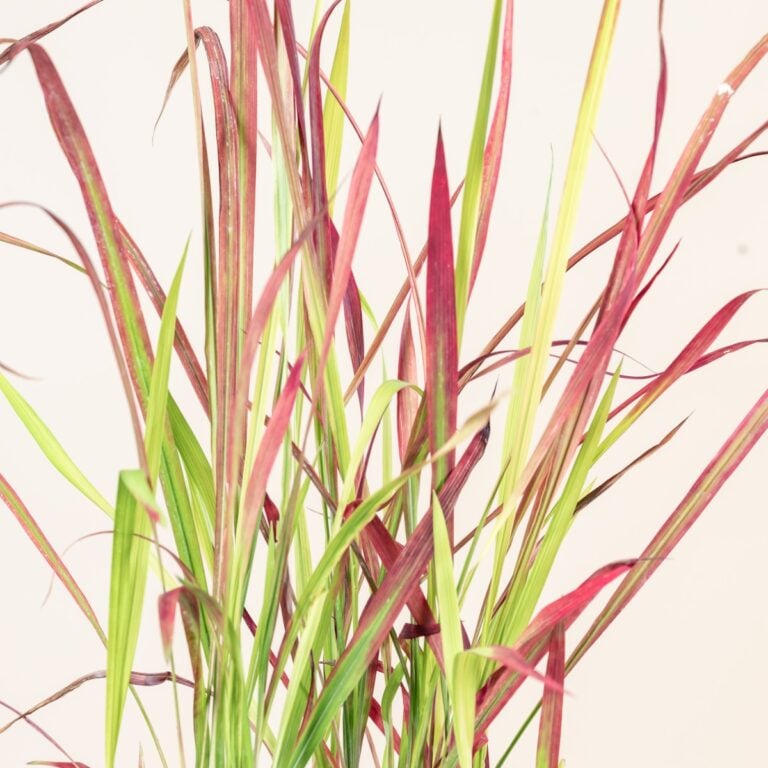
Care & Size Guidance
This vigorous plant needs little care to thrive. However, keep an eye on blood grass, as it can quickly get out of hand. While the red form is not technically invasive, due to environmental factors it can revert to its green form, at which point it may become invasive.
Ideally, the Imperata cylindrica ‘Red Baron’ should be planted in full sun, to encourage the red tips to form.
Provide your Japanese blood grass with moist, well-drained soil. The plants grow well in sandy soils, and can even thrive in coastal gardens. Once established, it can tolerate drought fairly easily.
No fertilizer is needed to grow Japanese blood grass successfully, as the plants will grow in poor soil. Extra nutrients may cause the grass to grow aggressively.
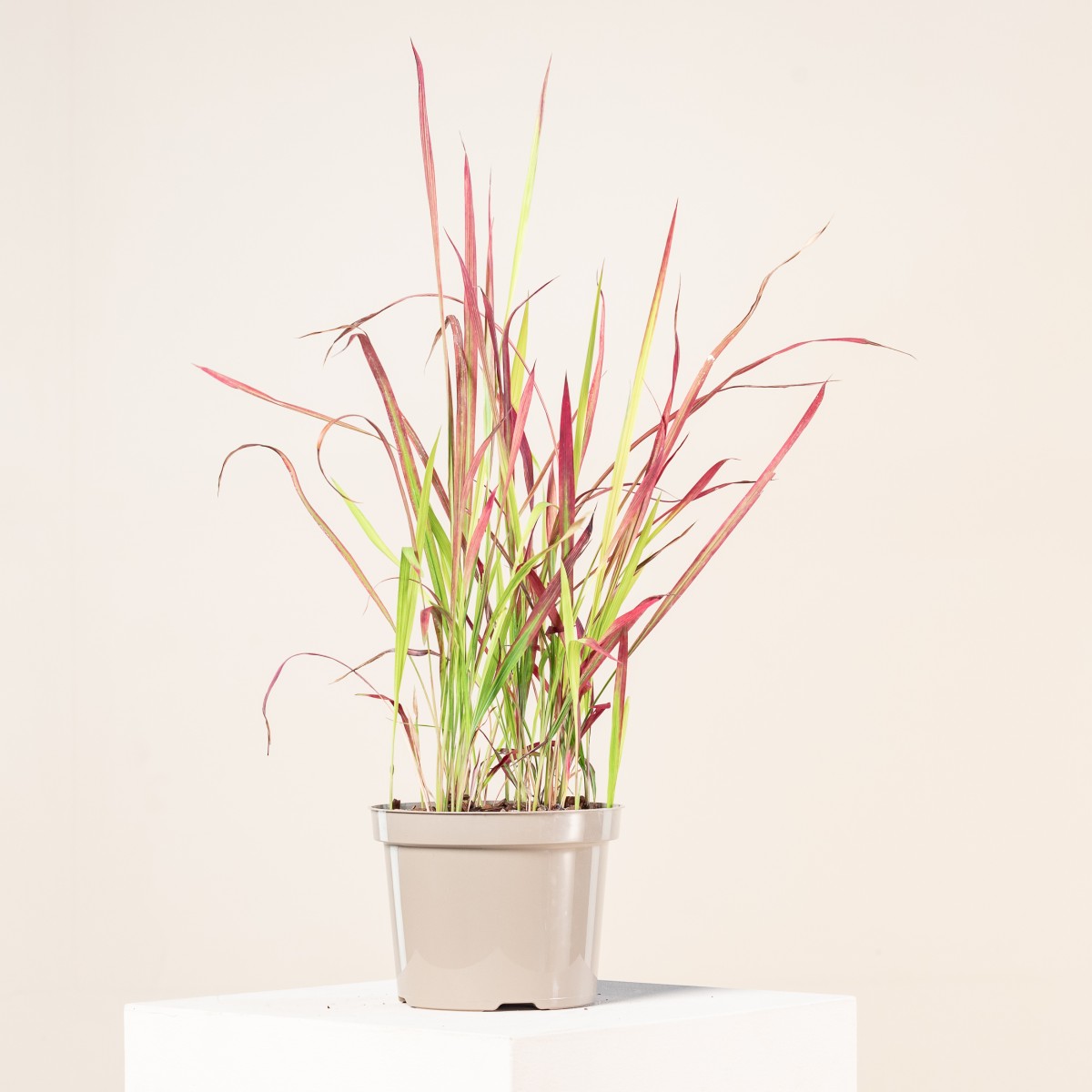
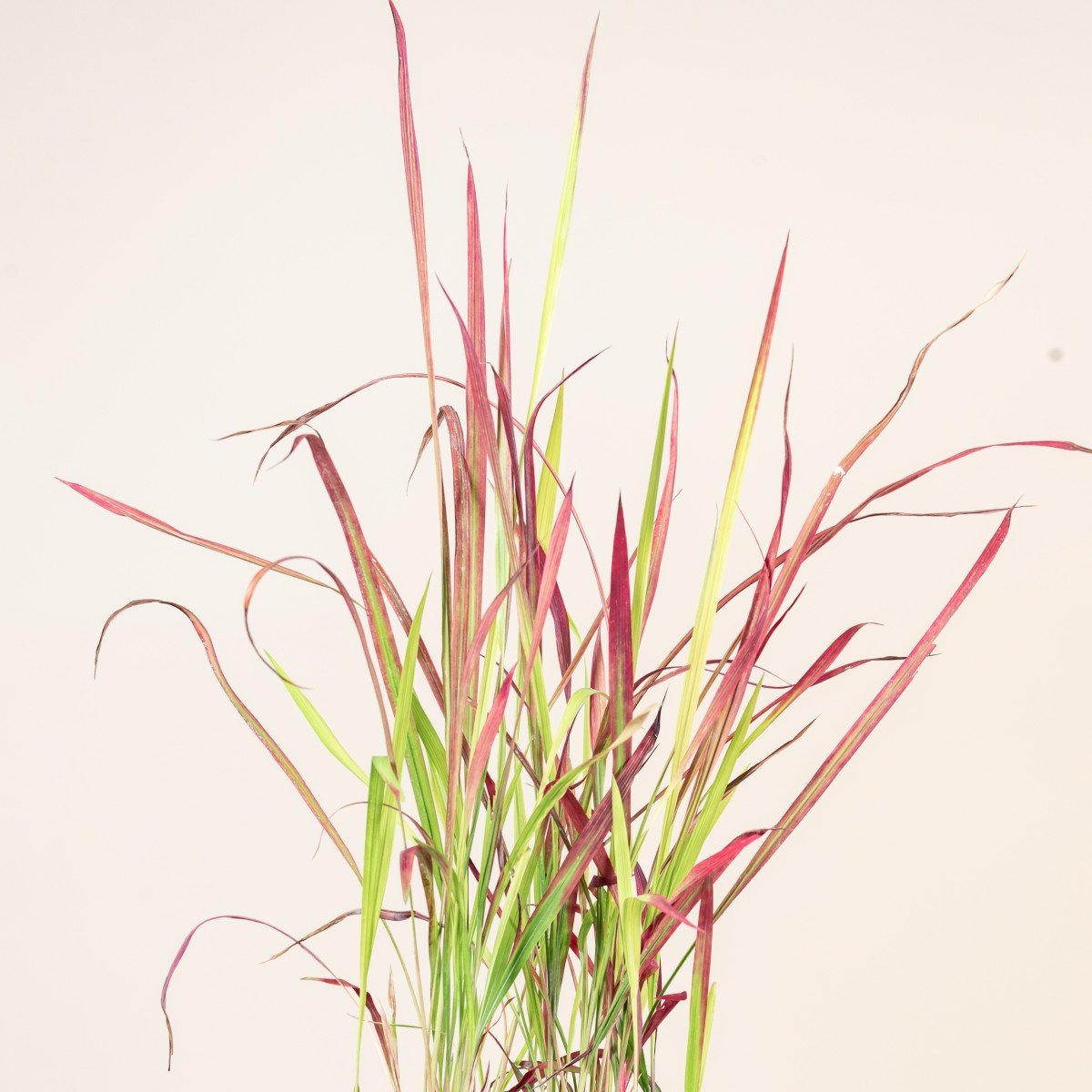
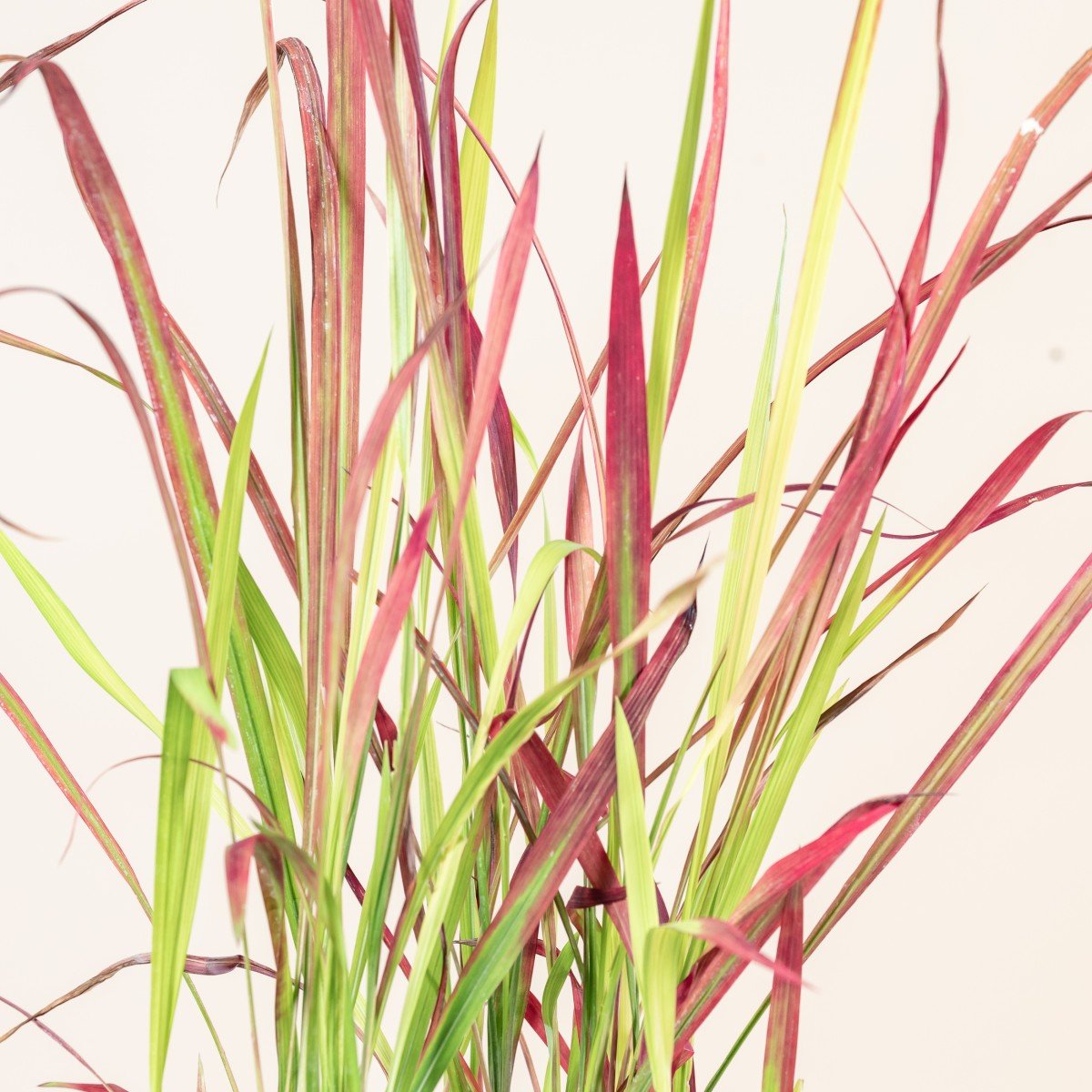
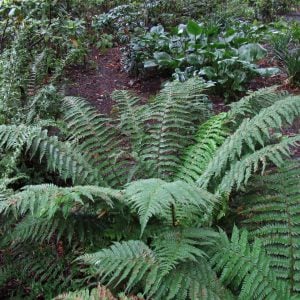
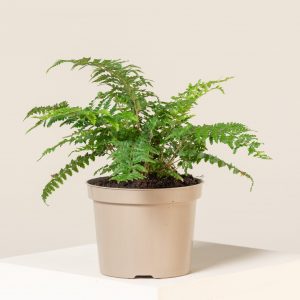
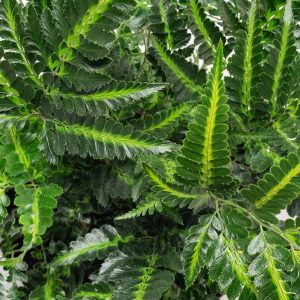
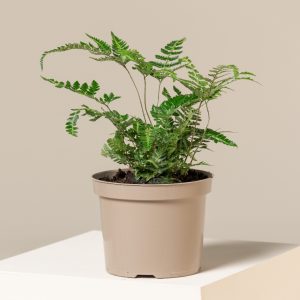
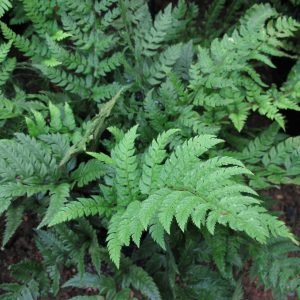
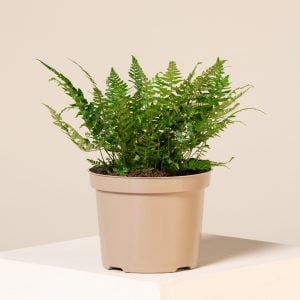
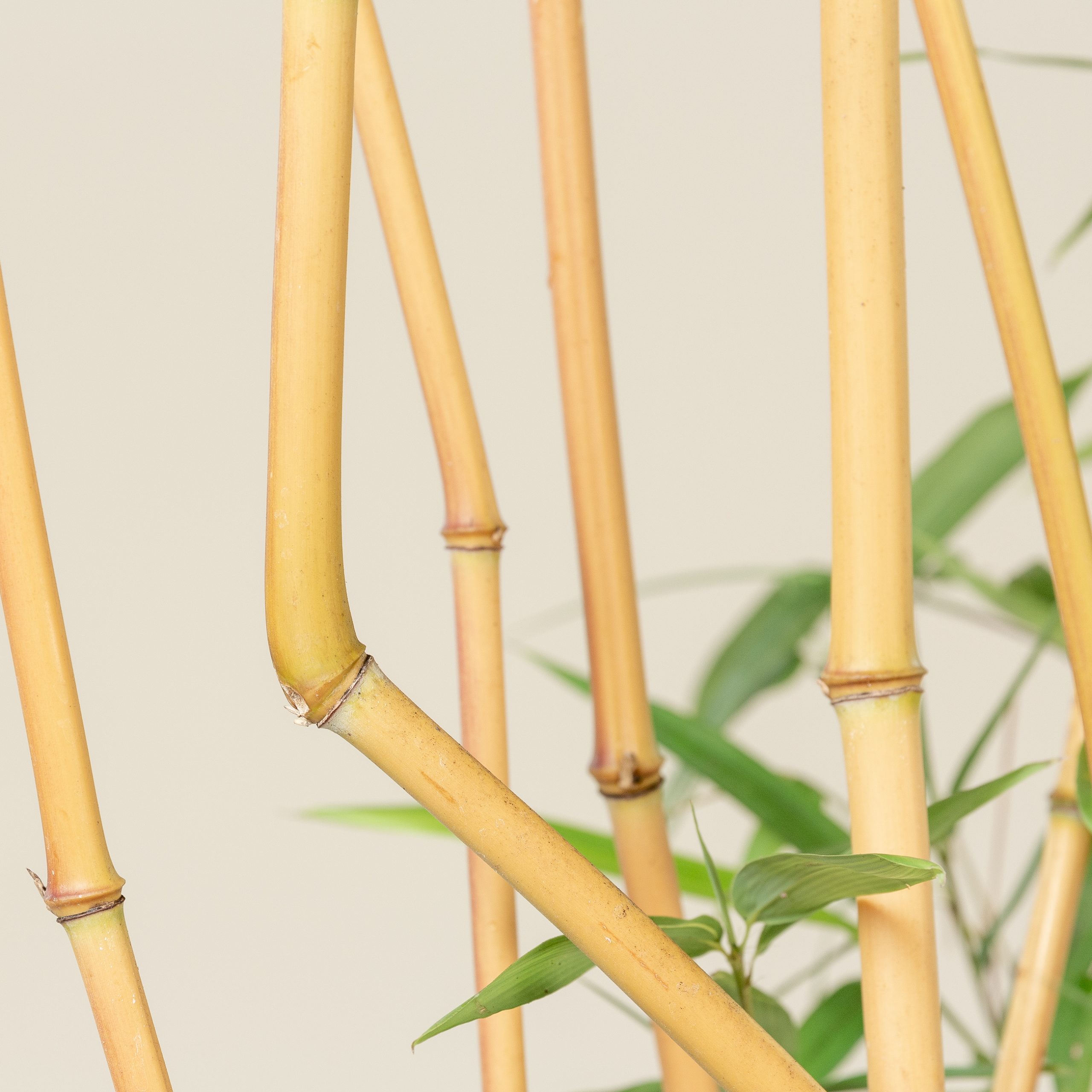
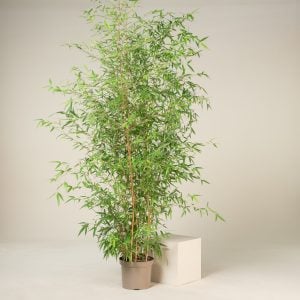
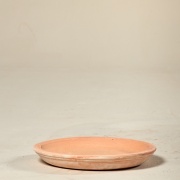
Transplanted and already new growth appearing. A lovely specimen plant. With an excellent delivery and well packaged.
Gordon Collett –
Still very young, but it will be quite stunning when mature
Jane Romyn –
Very disappointing. I bought 7 x 2L pots but the ones delivered didnt have enough root to fill a 9cm pot. Also the pots as delivered were all upside down and because there was so little root, soil and grasses had come out of the pots and were all over the bottom of the box.
Tricia Callow –
Bought eight lovely plants at an exceptional price.Planted immediately and already growing well,wish I had got more now excellent delivery and well packaged
lee –